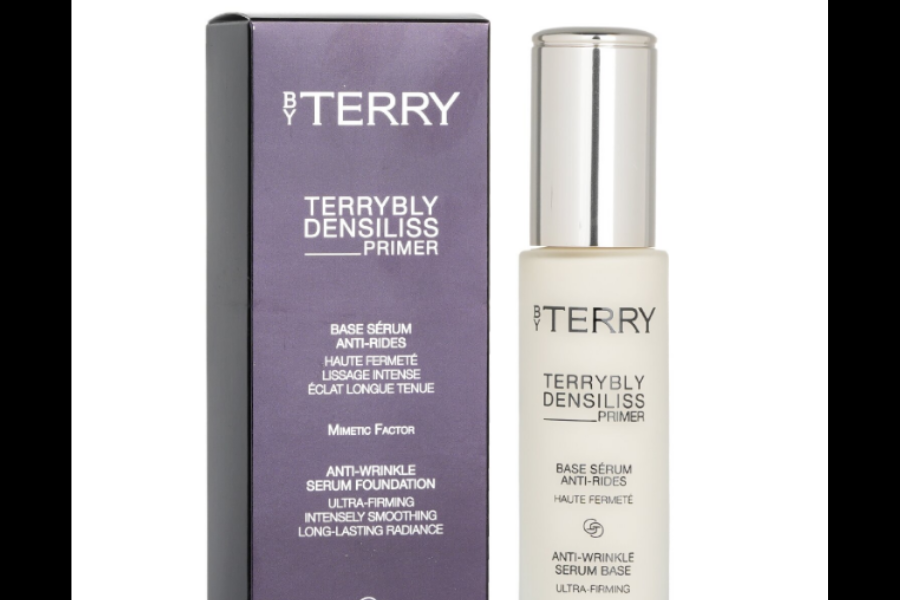Mimetic Primer or Traditional Primer: Which is Your Best Choice?
Choosing the right primer is key to a flawless, long-lasting finish. With various options available, it can feel challenging to know where to start. From traditional primers to innovative mimetic primers, understanding their differences can help you decide what’s best for your project.
In this guide, we’ll break down what makes each primer unique, how they perform, and help you find the perfect primer to bring your creative vision to life.
What Exactly is a Traditional Primer?
Traditional primers are a go-to in painting and finishing, thanks to their simplicity and effectiveness. Typically made from acrylic or oil-based formulas, these primers provide a strong base coat that helps your paint adhere properly, leading to a smooth and lasting finish.
Their primary role is to improve adhesion and provide a uniform surface. Traditional primers work well on materials like wood, metal, and drywall, making them versatile for most general projects. However, they do come with limitations, especially when it comes to more textured surfaces or where a natural appearance is desired.
Traditional primers are easy to apply with a brush or roller. However, it’s important to allow them adequate drying time, as rushing the process could lead to an uneven finish or peeling down the line. In short, they’re reliable, straightforward, and effective for standard applications but may lack the flexibility needed for specialized projects.
Understanding Mimetic Primers: The Modern Alternative
Mimetic primers are the next-generation solution for projects where visual impact matters. Unlike traditional options, these primers are designed to imitate the appearance and feel of materials like stone, metal, or wood. This innovative coating creates a seamless bond with surfaces, enhancing both the aesthetic and functional qualities.
With advanced technology, mimetic primers offer excellent adhesion and protection from moisture and UV exposure, making them durable and adaptable for various applications, from residential décor to commercial projects. Their primary appeal lies in their ability to add depth and a natural look, which makes them a great fit for creative or high-traffic areas where you want both style and resilience.
Choosing a mimetic primer can elevate your project, adding a realistic texture and enhancing color vibrancy without needing additional layering or specialty topcoats.
Advantages of Traditional vs. Mimetic Primers
Each type of primer has distinct benefits depending on what you want to achieve:
- Traditional Primers: Great for creating a smooth, adhesive surface, ensuring even coverage, and extending the lifespan of your paint job. They’re cost-effective, making them a solid choice for simple painting projects.
- Mimetic Primers: These primers shine in decorative and high-traffic projects where durability and visual appeal are equally important. With their textured finishes and protection against environmental factors, they’re ideal for adding a unique aesthetic to your project.
While traditional primers are excellent for general use, mimetic primers cater to those looking for a more refined, textured finish with added longevity.
Application Differences and Final Results
The application process varies between these two primer types:
- Traditional Primers: Simple to apply using a brush or roller, these primers typically dry faster and create a flat, neutral base that’s ideal for layering different types of paint. They work well for achieving uniform coverage but may lack the depth that some decorative projects require.
- Mimetic Primers: Due to their specialized formula, these primers often require a spray application to ensure even distribution. While they may take longer to dry, the end result is worth it—offering a rich, textured look that’s visually appealing and highly durable.
Factors to Consider in Choosing Your Primer
When deciding between a traditional and mimetic primer, keep these key factors in mind:
- Surface Material: Traditional primers work well for standard surfaces like drywall and wood, but if you’re working with textured or porous materials, a mimetic primer may provide a more seamless bond.
- Project Environment: For areas prone to moisture or heavy foot traffic, mimetic primers often provide superior protection, helping the finish withstand environmental factors better than traditional options.
- Application Time: If time is a constraint, traditional primers may be more practical due to their faster drying times. However, if the project calls for precision and depth, the extra time needed for a mimetic primer could be well worth it.
- Budget: While mimetic primers may have a higher upfront cost, their enhanced durability and aesthetic benefits may reduce the need for frequent touch-ups, potentially offering better long-term value.
Final Thoughts: Which Primer is Right for You?
Selecting between a traditional and mimetic primer ultimately comes down to the specific needs of your project. Traditional primers offer reliability and ease for straightforward applications, while mimetic primers bring a new level of aesthetic appeal, depth, and resilience that can transform a project’s look and feel.
For general painting needs, a traditional primer will likely be your best option. However, if you’re looking to make a bold design statement with texture and durability, a mimetic primer is a worthwhile investment. Choosing the right primer can elevate the final look of your project, so consider your priorities and project requirements carefully to make the most informed decision.
Keep an eye for more news & updates on Blog Hunter!





